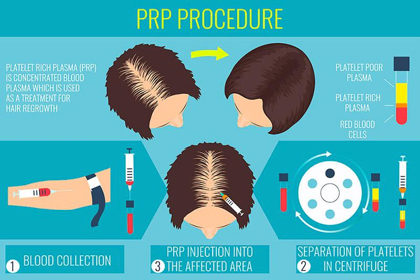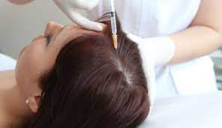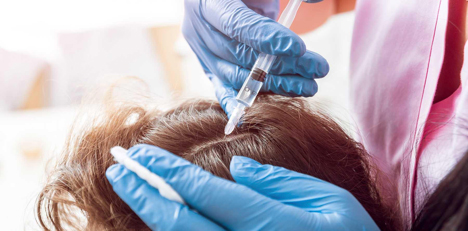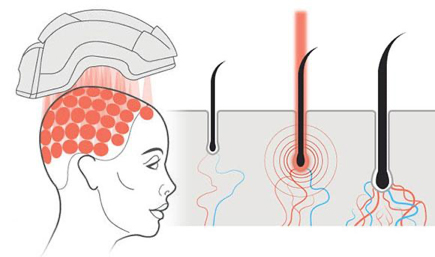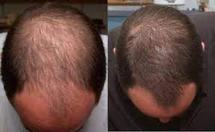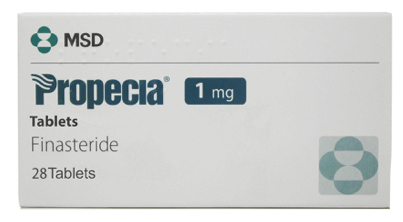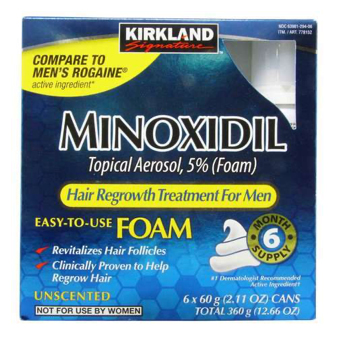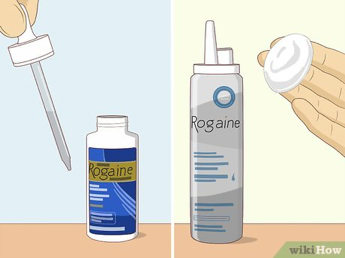Hair restoration approaches:
There are several options to restore hair loss. In HRKlinik, depending on the age, general condition, the density of the donor area, and finally the grade of hair loss, we tailor those approaches and set up a plan to come up with the optimum results for a fully covered scalp.
Surgically approaches
Follicular Unit Extraction ( FUE ): The most commonly used technique for hair restoration.
This procedure is performed with local anesthesia being injected at certain points in the scalp to cause Nerve block, then Tumescence is injected across the donor area. The Tumescence is a mixture of Normal Saline, Lidocaine 2% and Epinephrine at the subcutaneous level. That is to numb the donor area and keep it bloodless for the rest of the procedure’s duration.
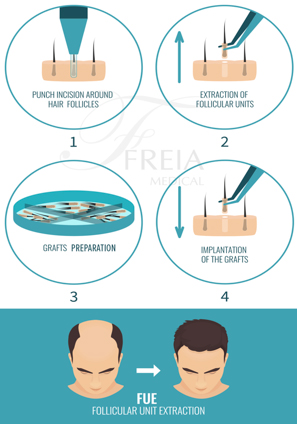
This procedure is performed with local anesthesia being injected at certain points in the scalp to cause Nerve block, then Tumescence is injected across the donor area. The Tumescence is a mixture of Normal Saline, Lidocaine 2% and Epinephrine at the subcutaneous level. That is to numb the donor area and keep it bloodless for the rest of the procedure’s duration.
Next, by using a specialized micro-motor device, with a very narrow diameter punch, we harvest the hair follicle at the subcutaneous level of the donor area.
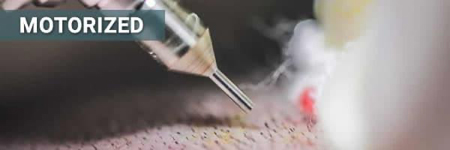
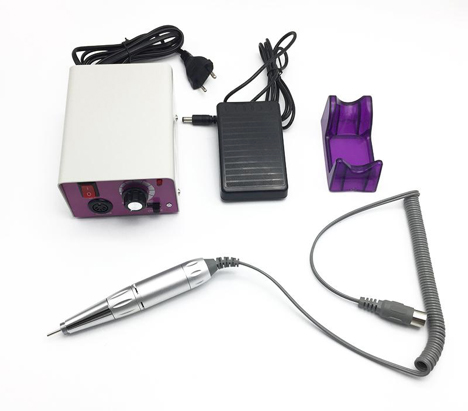
Since the punch is cylindrical in shape, a single follicle, 2 and up to 4 follicles could be harvested with little amount of surrounding skin tissue. This is called a Follicular graft.
The sites from which the grafts are harvested tend to heal in 10 days leaving fine white dots marks. The narrower the punch the narrower the scars.
In HRKlinik, we use a very advanced micro-motor device with the narrowest punch possible to yield the most meticulous results with the least transection rates.
Hair transection means accidentally cutting and harming the hair follicle while harvesting it. Transected follicles show poor to no growth of hair upon implantation.
The follicular grafts are then counted, the excess skin is trimmed and prepared for transplantation.
After nerve blocking the recipient site, and tumescence is injected, small incisions are made using a Sapphire-tipped Microblade to create channels into the skin for implanting the harvested hair grafts.
Sapphire-tipped Microblades which are crafted from Sapphire gemstone, are sharper, smoother and more durable than the regular steel blades. This innovative technique allows the creation of multiple incision sites for hair implantation per cm2 in the recipient area without jeopardizing the blood circulation, eventually resulting in a denser look.
Strip surgery or FUT technique
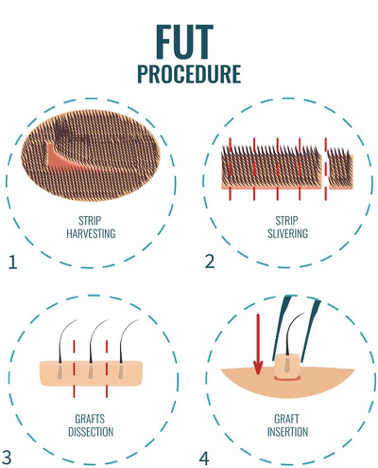
This procedure is also performed with Local Anesthesia injected at certain points in the scalp to cause Nerve block, then Tumescence is injected across the donor area. The Tumescence is a mixture of Normal Saline, Lidocaine 2% and Epinephrine at the subcutaneous level. That is to numb the donor area and keep it bloodless for the rest of the procedure’s duration.
The idea of this technique is to harvest a single strip of skin from the donor area. The wound is sutured in place, while the skin strip is prepared and cutted into small pieces and the hair follicles are harvested from that strip.
After nerve blocking the recipient site, and tumescence is injected, small incisions are made using a Sapphire-tipped Microblade to create channels into the skin for implanting the harvested hair grafts.
The sutures are to be removed later after two weeks, leaving a fine linear scar.
This procedure is very helpful for those who have small scalp donor areas, for females, and for those who underwent previous hair restoration procedures and seeking more density.
Scalp reduction procedures
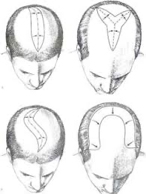
These procedures are nearly obsolete, yet we resort to them in certain cases.
The idea of scalp reduction procedures is to excise a part or the whole area of hair loss under General Anesthesia depending on the glidability and the elasticity of the scalp. The wound edges are then sutured and the sutures to be removed after two weeks, leaving a linear scar.
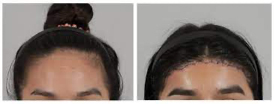
The advantage of these procedures is that they have fast results, yet they are very invasive.
However, in certain post-traumatic cases, like motor accidents, or Burns, when we have a very small hair bearing area and massive hair loss area to be covered, we resort to the Tissue Expander option.
A tissue expander is like a balloon that is being inserted under the hair bearing area of the scalp under General Anesthesia. After a period of time, we keep inflating the tissue expander by injecting saline inside it every two week until the hair bearing scalp becomes expanded, enough to cover the adjacent area of hair loss.
